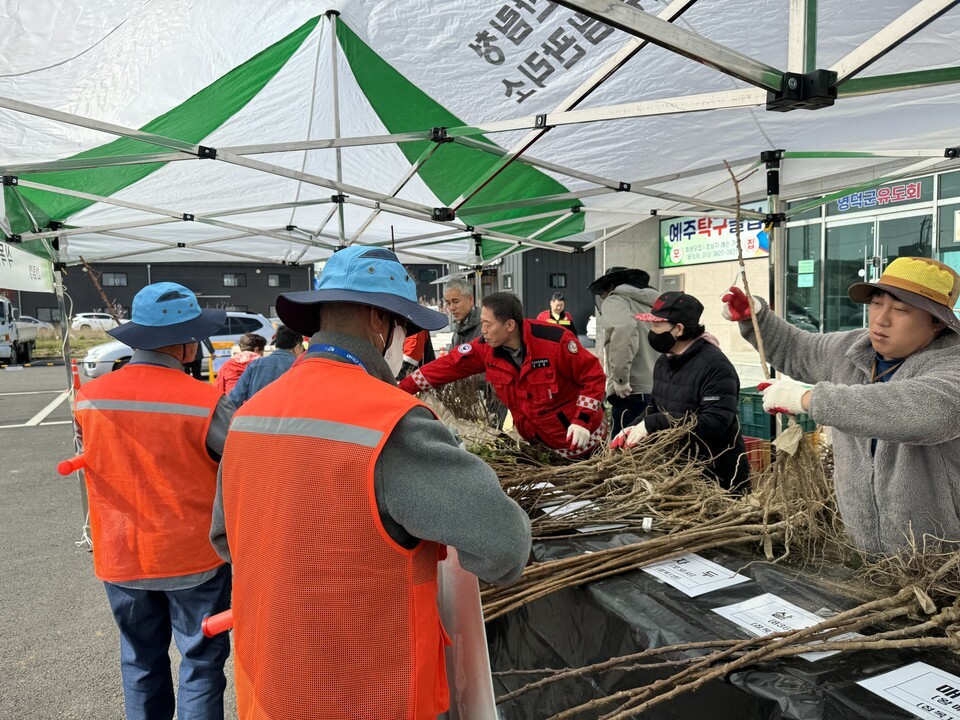As wildfires become an annual occurrence and cities continue to heat up, the government turns to “trees” as a solution in this era where the climate crisis is part of daily life. The Yeongdeok National Forest Management Office of the Southern Regional Forest Service will host a ‘My Tree’ event at 10 a.m. on the 25th (Tuesday) in an open space in front of the Yeju Happy Dream Center in Yeonghae-myeon, in commemoration of the 80th Arbor Day. This event is not just about distributing trees, but about planting solutions to the climate crisis in the hands of citizens.
The event aims to provide an opportunity to understand the role of forests in responding to the climate crisis by experiencing the importance of securing carbon sources through the act of planting and cultivating trees. It is part of the Forest Service’s nationwide ‘My Tree’ campaign, designed to make citizens the agents of carbon neutrality practice.
The seedlings to be distributed on this day include a total of 24 species, amounting to 10,000 trees, such as larch, birch, tulip trees, mountain cherry trees, and economic and floral species including Schisandra and hawthorn. In particular, participants in the wildfire prevention campaign will receive five trees each on a first-come-first-served basis. This structure aims to encourage local residents to continuously engage in cultivating forests in their daily lives, beyond the short-term effect of tree planting.

Alongside this event, the Forest Service also plans to conduct a wildfire prevention campaign to raise awareness of spring wildfire risks. With strong winds and dry weather increasing the risk of wildfires, the importance of forests is even more emphasized as the perception grows that the climate crisis is directly connected to safety issues.
Kim Ho-geun, director of the Yeongdeok National Forest Management Office, said, “Through this event, we hope to remember the significance of Arbor Day and participate in environmental protection and carbon neutrality practices by planting and cultivating trees.”
Experts stress the importance of increasing resources for ‘absorption’ alongside efforts to reduce carbon emissions, considering the forest’s multi-layered functions such as mitigating urban heat islands, absorbing fine dust, and regulating water resources. This cannot be achieved through government policy alone but requires the participation of the community and citizens in forest creation for effectiveness.
While one tree cannot stop the climate crisis, thousands of citizens planting trees can be the solution. The simplest and most effective action we can take right now is to pick up a shovel and plant a tree in the soil.